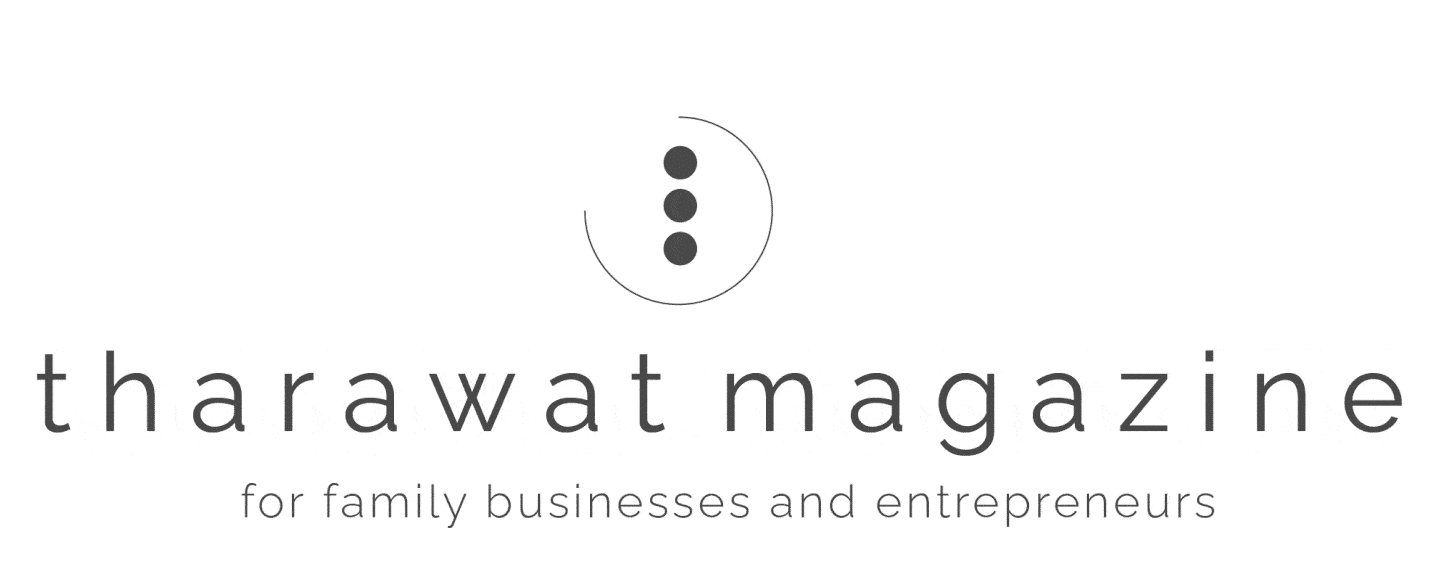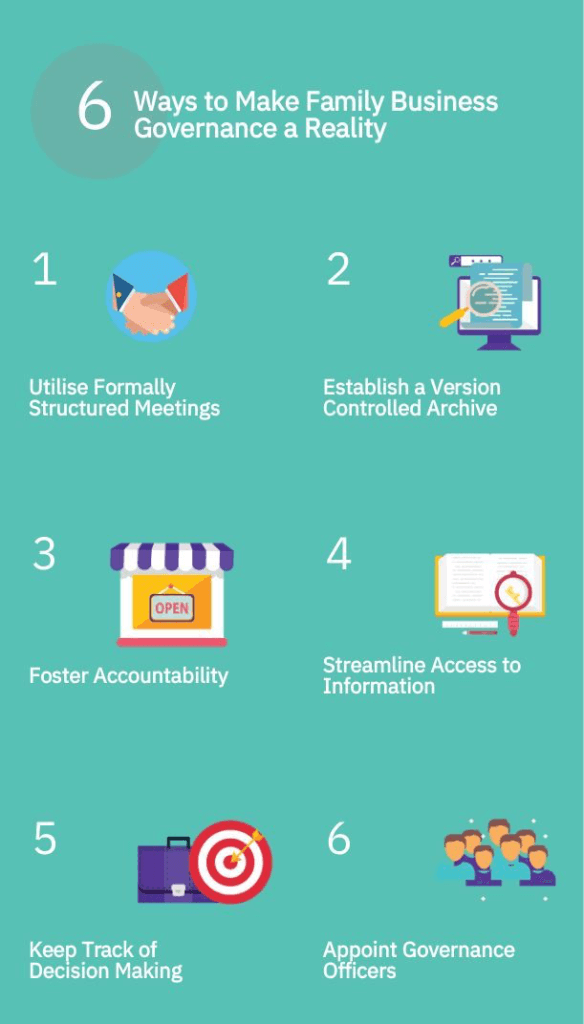
Governance is hard to define and harder to enact. Even when family businesses know what they need, the implementation and maintenance of governance is an immense challenge, especially if stakeholders live and work separately from each other.
As the Co-Founder and CEO at Trusted Family, an online governance and information management platform, Edouard Thijssen is innovating the space where family business governance and 21st-century technology converge.

Trusted Family was inspired by Thijssen’s experience in meeting his own family business’s governance requirements. Setting up the business and family boards and committees was challenging in itself, but maintaining an overview of the entire organisation’s ownership and decision-making structure without an implementation framework and a digital support system would have been impossible.
Edouard Thijssen gave us some insight into his process with the following six steps to solidify governance – a list detailing the journey from ideation to a solid foundation for sustainable growth.
 1. Formally Structured Meetings
1. Formally Structured Meetings
Often, family business owners live in various places and have different ownership stakes. Some may have active roles in running the company, while others are just shareholders. When a business has a presence in different countries or continents, it creates a multitude of entities, and the family business ecosystem becomes increasingly complex.
The negative implications of this complexity are exacerbated when family members conduct business with each other in an informal manner, which comes naturally; it can be difficult to see your sibling or cousin as a formal business partner.
To deal with this complexity, family business stakeholders must have regular formal meetings where there is a chair, an agenda and minutes to record what decisions were taken and why. Simply notating business items can be an effective way of engaging family members and getting them to think about the future. Working together is an iterative process that builds within the confines of a formal meeting structure.
2. Version Control
As family businesses grow and pass from one generation to the next, critical documents amass. An effective version-controlled archive, so the latest relevant documents can be accessed quickly and easily, becomes a necessity.
Having two different versions of the family charter without any way of determining which is binding is counterproductive in the extreme. Digital platforms that incorporate an automated archive of all documents, board minutes and agreements, negate this possibility.
A central archiving system not only provides access to but also the security for critical documents. Ideally, provisioning systems are in place where only people with the authority to see certain documents can access them. In this case, organisation translates to harmony, with the family business avoiding disputes as a result of poorly versioned family governance documents.
3. Fostering Accountability
An archived collection of all formal family business meetings means that attending stakeholders are accountable for past decisions and opinions. This is not intended to function in an “I told you so” manner but, instead, as a way to set the record straight should conflicting recollections arise.
Another way to promote accountability within the family business is with software that records when emails and attached documents have been opened. With such a system in place, recipients cannot cite a lack of information or transparency. Tracking software also provides a record of who is an effective board member and who is not; board members who don’t review the information provided before a board meeting are probably not the right board members.
4. Streamlining Access to Information
An effective family governance structure is an efficient family governance structure.
Family business members and directors lead busy lives and must balance other priorities and demands. Some travel continuously. As such, they must have easy access to the information they need, so they are ready to go when they show up for a formal board meeting.
If members are distracted and haven’t been able to access the documents they need, their contributions are not informed.
With digital technology, all necessary resources can be made available through a mobile application, simplifying access so family business members can concentrate on their future.
5. Keeping Track of Decision-Making
A record of the what, when and why of decision-making is an integral part of good governance. It may seem peripheral in the moment; however, there may come a time when the context of specific decisions becomes invaluable.
This overview is especially important in situations where a single board member has voting power, and all others are just advisors. Regardless, decision-makers should always have the resources to take a step back and approach their choices strategically.
Working with constructive criticism is a necessary part of leadership, and having the right advisors who are willing to ask the tough questions precludes success. Often, too much focus is placed on the person who makes the decisions. By emphasising the decision-making process rather than decision-maker themselves, family business members can approach challenges more objectively.
6. Appointing Governance Officers
Families that wish to succeed over multiple generations should implement robust business and family governance structures early. Appointing a Chief Governance Officer – a person who takes on board and shareholder relations and legal compliance issues – is one of the first steps to making sure this happens.
Unlike many public companies, private family enterprises are not required to have Governance Officers in place, but those that do have an edge.


 1. Formally Structured Meetings
1. Formally Structured Meetings






